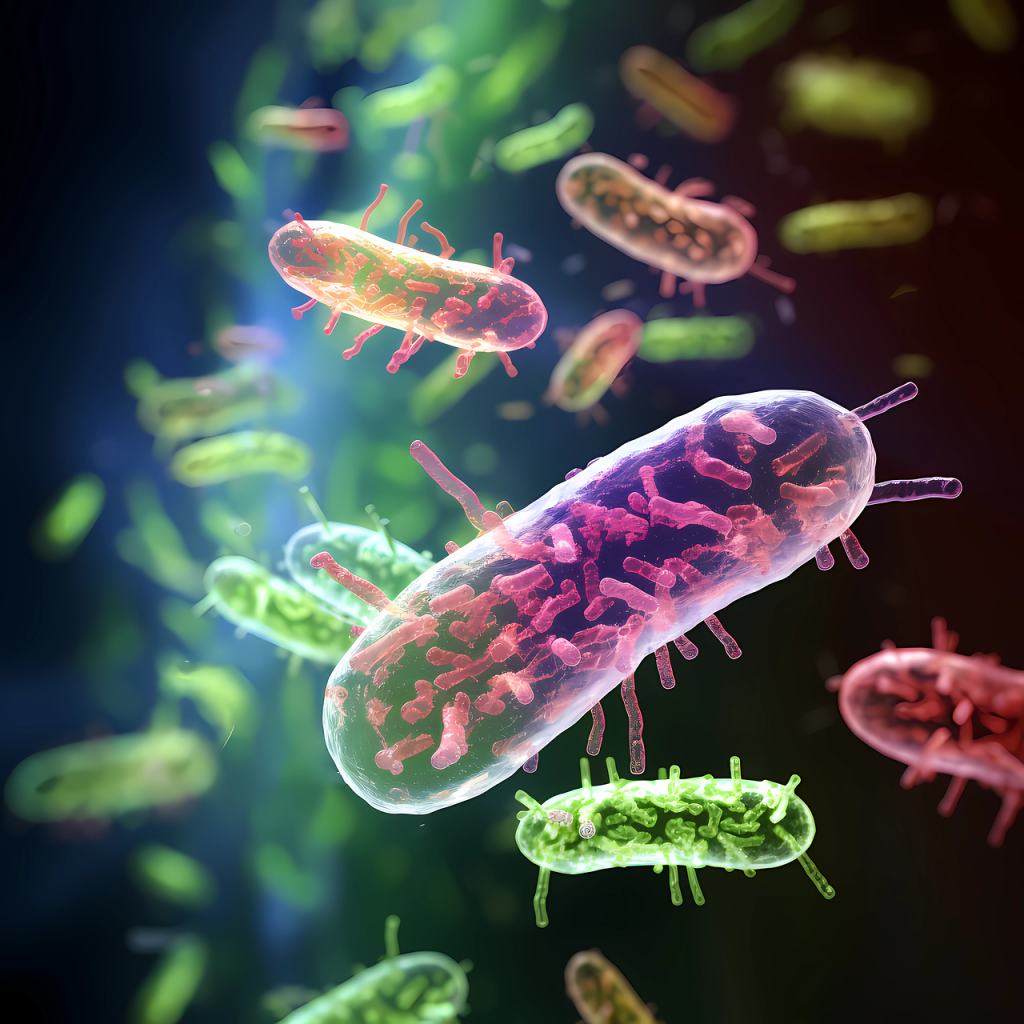All fields are required
Posted in E. coli,Our Blog on March 29, 2024

Scientists discover E. coli mutation that makes the bacteria harmful to humans.
Have you ever wondered why some bacteria are good, such as probiotics? Why some bacteria are bad? We call those pathogens. And others are neutral?
Scientists have unlocked some of these answers. At least for E. coli, that is.
Some E. coli can cause serious harm to humans. These E. coli bacteria create dangerous toxins that lead to severe illness and other complications such as hemolytic uremic syndrome (HUS), irritable bowel syndrome, and more.
Other E. coli strains, on the other hand, are a natural part of the digestive system. These bacteria help process the food we eat and break it down into the nutrients we use to survive.
What makes one strain helpful while another is harmful?
Turns out, it comes down to a mutation.
Queensland researchers have discovered an E. coli mutation that sets it apart from other harmless E. coli strains.
This mutation was discovered by Professor Mark Schembri and Dr. Nhu Nguyen from The University of Queensland’s Institute for Molecular Bioscience and Associate Professor Sumaira Hasnain from Mater Research. These scientists were looking at the “cellulose making machinery” of E. coli bacteria.
According to the data, the “good” bacteria make cellulose, and the “bad” bacteria cannot.
The “good” bacteria make cellulose and the “bad” bacteria cannot
Bacteria are known to produce different substances on their cell surfaces. These substances serve many purposes. For example, some may stimulate the host’s immune system, while others may encourage the opposite effect.
According to Professor Schembri, the mutations identified in harmful E. coli bacteria affected the bacteria’s production of cell-surface carbohydrate cellulose. Without this cellulose, increased intestinal tract inflammation was observed.
This inflammation resulted in a breakdown of the intestinal lining, allowing the bacteria to spread through to other parts of the body. This can result in infection of the brain (causing meningitis) and of the bladder (resulting in UTI’s). It can also spread to the liver, spleen, and other parts of the body.
These findings help explain why certain strains of E. coli have become more dangerous and offer a reason for the emergence of different types of very harmful bacteria.
Antibiotic resistance is a major cause for concern. In fact, “in 2019 alone, almost 5 million deaths worldwide were associated with bacterial antibiotic resistance, with E. coli causing more than 800,000 of these deaths,” said Schembri.
“In 2019 alone, almost 5 million deaths worldwide were associated with bacterial antibiotic resistance, with E. coli causing more than 800,000 deaths.” – Mark Schembri, The University of Queensland’s Institute for Molecular Bioscience
This antibiotic resistance creates “superbugs” that become resistant to all available antibiotics worldwide. These infections are very serious, as there is nothing that can stop them. Infections tend to be fatal.
Antibiotic resistance is the result of a bacteria adapting to an antibiotic and overcoming its effects. This resistance is the direct result of exposure to an antibiotic.
If an antibiotic treatment does not fully kill all of the harmful bacteria, those that remain may have developed defense strategies, called resistance mechanisms. As these resistant bacteria reproduce and spread, strains of resistant bacteria form.
This is the reason your pharmacist stresses the importance of completing the full prescription of antibiotics, even if you start to feel better.
In some cases, the bacteria modify their outer layer, preventing antibiotics from entering the cell. Others may break down the antibiotic with enzymes or other chemicals, making it ineffective. Some even change their whole morphology, removing the target the antibiotic relies on entirely.
There are so many ways bacteria outmaneuver antibiotics in the pursuit of antibiotic resistance.
E. coli infection symptoms can vary from person to person. Some people may experience more mild symptoms, while others become seriously ill.
Common E. coli infection symptoms include:
In some cases, people may experience a fever, usually less than 101 °F.
Most people begin to feel sick around 3 to 4 days after eating or drinking something contaminated with E. coli bacteria. In most cases, people begin to feel better in about a week (5 to 7 days).
Many people recover from these infections without the need for medical intervention. However, certain conditions should prompt you to reach out to your healthcare provider.
Seek medical attention if you have:
Some people may also develop a serious complication called hemolytic uremic syndrome, or HUS.
HUS is a type of kidney failure that develops in about 5 to 10% of those diagnosed with certain strains of E. coli bacteria. Shiga toxin-producing E. coli (STEC) infections carries a high risk of this complication.
This complication is potentially life-threatening in that it prevents the kidneys from working properly.
HUS symptoms include:
HUS symptoms usually come onboard just as initial diarrheal symptoms begin to resolve, about 7 days after initial symptoms.
Those with HUS symptoms should see a doctor right away!
With prompt treatment, most people with HUS can recover within a few weeks. Others may not be so lucky. Some can suffer permanent damage or even die from the illness.
Scientists are always trying to understand how pathogens work and ways to prevent and treat illness. E. coli mutation research is ongoing in this laboratory and others like it around the world.
If you’d like to know more about food safety, like When Good Bugs Go Bad, check out the Make Food Safe Blog. We regularly update trending topics, foodborne infections in the news, recalls, and more! Stay tuned for quality information to help keep your family safe, while The Lange Law Firm, PLLC strives to Make Food Safe!
By: Heather Van Tassell (contributing writer, non-lawyer